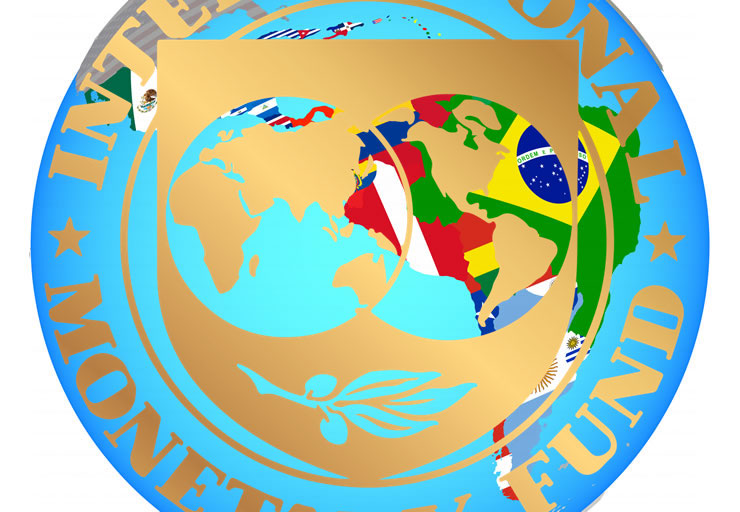RIO DE JANEIRO, BRAZIL – In Latin America and the Caribbean, the adverse effects of the Covid-19 pandemic on productivity, employment, and human capital could “take many years to reverse,” the International Monetary Fund (IMF) warned Thursday.
“We see that it will take some time, perhaps not even in our five-year forecast horizon, for the region’s GDP to return to the pre-crisis trend,” IMF Americas Department acting director Nigel Chalk said as he unveiled the economic outlook for the region.
For 2021, the IMF raised its growth forecast for Latin America and the Caribbean to 6.3%, 0.5 percentage points higher than estimated in July. But for 2022, it revised down its projection to 3% (-0.2 points).
This year’s sustained rebound has not been enough to erase the region’s historic 2020 recession, which resulted in a 7% contraction of GDP, much higher than the -3.1% worldwide.

And before the pandemic, growth in Latin America and the Caribbean had already been labeled “anemic,” with GDP expansion of just 0.1% in 2019 and 1.2% in 2018.
“Countries should prepare for this recovery not to be a linear path. Instead, they should anticipate a long and winding road,” Chalk noted.
According to the report, the current outlook includes an uneven rebound in employment, with a more significant impact on the young, the less educated, and women; uncertainties about productivity; and “significant damage” to human capital from prolonged school closures.
Challenges also persist in the tourism sector, especially in the Caribbean, where “visitor numbers this year are likely to reach only about 60% of pre-covid-19 levels.”
For Chalk, this does not necessarily mean stagnation. Still, he stressed the powerful impact of the pandemic in the region, with “substantial increases” in poverty, the middle class “in an increasingly precarious situation,” and “many social tensions”.
“I don’t think it is predetermined that the economy will do badly, but it will take some policy efforts to reverse the damage caused by Covid-19,” he opined.
INFLATIONARY PRESSURES
The IMF further warned about the impact on the region of rising commodity and food prices, supply chain disruptions, and global increases in goods prices, which push up consumer prices. “Inflation is a concern in the region,” Chalk warned.
However, he said the institutional context is very different from previous inflationary cycles, with many central banks reacting correctly”to these pressures with interest rate hikes and commitments to inflation targets. Chalk predicted that these increases “will continue in many countries in the coming months.”
For Latin America and the Caribbean, the IMF estimated inflation of 9.7% for 2021 and 6.9% for 2022. In South America, the projection is exceptionally high in relation to the rest of the region, at 12% for 2021 and 8.9% for 2022, even without including data for Argentina.
In this context, the IMF recommended implementing “ambitious policies”, improving the efficiency of public spending, promoting “a progressive and growth-friendly tax system”, or even investing more in projects to combat global warming.
He also advised caution in withdrawing extraordinary public aid to counteract the impact of the pandemic on households and businesses and recommended “putting debt back on a downward path”.
VULNERABILITY TO CLIMATE CHANGE
In a separate report, also released Thursday, the IMF noted that Latin America and the Caribbean are among the most diverse regions in climate-related risks.
Globally, it produces greenhouse gas emissions proportional to its economic size and population, accounting for 8.4% of global emissions for a weight of 8% of global GDP.
But the volumes are very dissimilar, with Brazil, Mexico, and Argentina as the largest emitters and the Caribbean economies with a marginal share.
Although Latin American and Caribbean countries as a whole are less vulnerable to climate change, “there are pockets of great vulnerability”.
In the Caribbean, damage caused by natural disasters represents 2.5% of annual GDP, “affecting large segments of the economy and population,” which weighs heavily on public finances.

